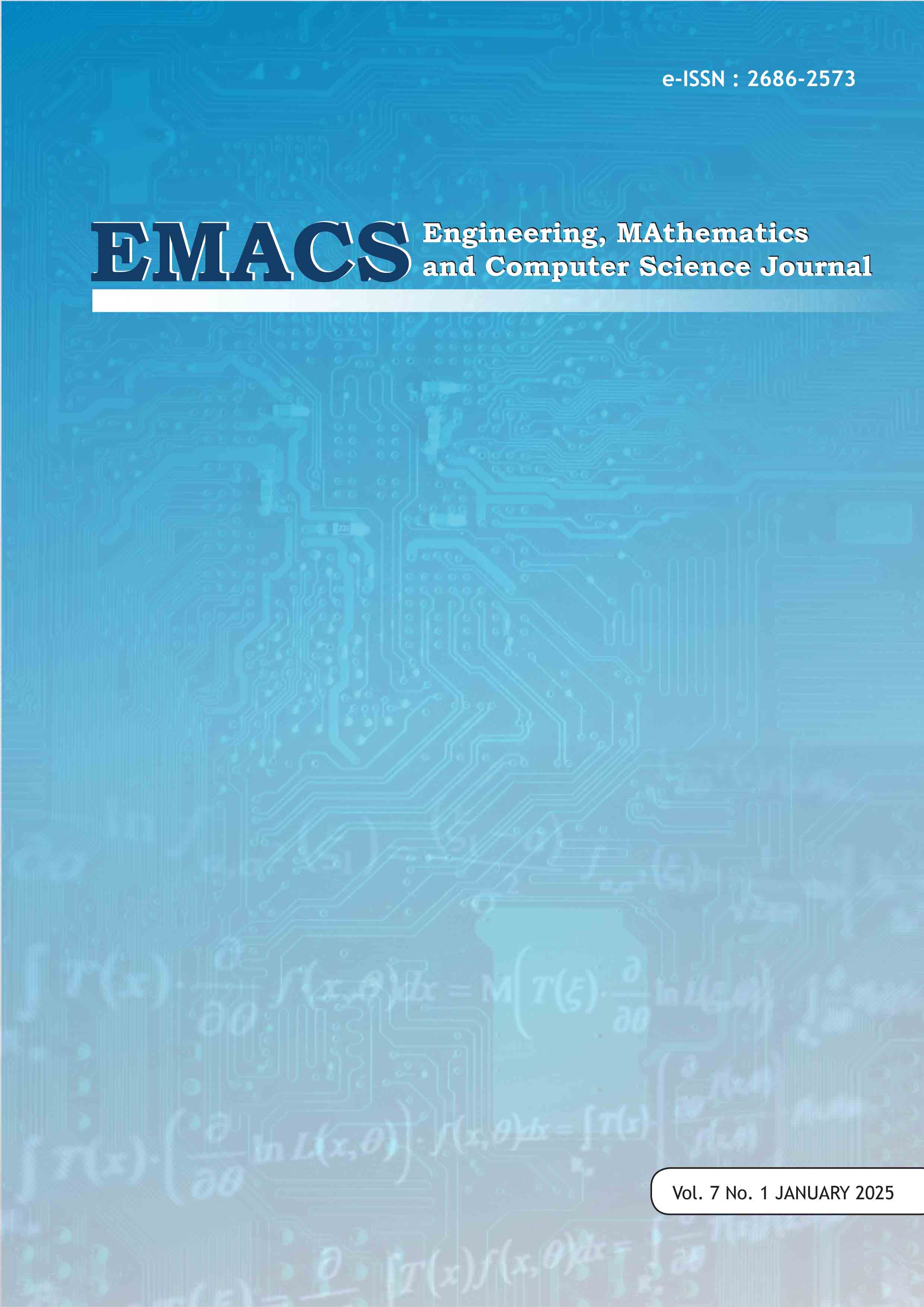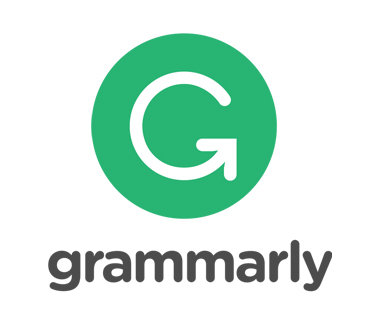Developing Algorithm of Music Concepts and Operations Using The Modular Arithmetic
DOI:
https://doi.org/10.21512/emacsjournal.v7i1.12562Keywords:
music theory, enharmonic equivalents, harmony analysis, mathematical modeling, modular arithmeticAbstract
The rapid development of digital music technology is closely intertwined with advancements in both music theory and mathematical formalism. This study aims to bridge the gap between these fields by exploring how mathematical concepts can enhance the understanding and analysis of music theory. Specifically, the research focuses on the application of modular arithmetic to analyze the circular structure of the chromatic scale, a key concept in music. Modular arithmetic enables the identification of patterns in pitch relationships and the manipulation of musical elements like transposition and interval calculations. In addition to modular arithmetic, the study also highlights the role of regular expressions in music theory. Regular expressions provide powerful tools for pattern matching, which can be applied to recognize and categorize musical components, such as enharmonic equivalents (notes that sound the same but are named differently). These tools allow for the development of algorithms capable of generating chords from given notes or identifying chords from existing sets of notes. By integrating modular arithmetic and regular expressions, the study proposes a framework for developing mathematical models and algorithms to facilitate digital music analysis. This approach not only enhances the theoretical understanding of music but also holds practical applications in digital music production and education.
References
Baumslag, B., & Chandler, B. (1968). Theory And Problems Of Group Theory. New York: McGraw-Hill Book Co.
Durfee, D., & Colton, J. (2015). The physics of musical scales: Theory and experiment. American Journal of Physics.
Friedl, J. E. (2006). Mastering Regular Expressions. O'Reilly.
Gorgoglione, M., Garavelli, A. C., Panniello, U., & Natalicchio, A. (2023). Information Retrieval Technologies and Big Data Analytics to Analyze Product Innovation in the Music Industry. MDPI.
Hess, J. (2020). Finding the “both/andâ€: Balancing informal and formal music learning. International Journal of Music Education.
Hunt, R. (1970). Transposition for Music Students. Oxford University Press.
Irving, R. S. (2004). Integers, Polynomials. and Rings. Springer.
Jimenez, I., & Kuusi, T. (2018). Connecting Chord Progressions with Specific Pieces of Music. Psychology of Music.
Mannone, M. (2021). A musical reading of a contemporary installation and back: mathematical investigations of patterns in Qwalala. Journal of Mathematics and Music.
Palmer, W. A., Manus, M., & Lethco, A. V. (1994). The Complete Book of Scales, Chords, Arpeggios & Cadences.
Pöpel, C., & Jürgens, E. (2022). On Overcoming the Gap between Industry and Academic Research in the Field of Music Technology. Business Meets Technology.
Wong, S. S., Chen, S., & Lim, S. W. (2021). Learning melodic musical intervals: To block or to interleave? Psychology of Music.
Downloads
Published
How to Cite
Issue
Section
License
Copyright (c) 2025 Kelvin Minor

This work is licensed under a Creative Commons Attribution-ShareAlike 4.0 International License.
Authors who publish with this journal agree to the following terms:
- Authors retain copyright and grant the journal right of first publication with the work simultaneously licensed under a Creative Commons Attribution License - Share Alike that allows others to share the work with an acknowledgment of the work's authorship and initial publication in this journal.
- Authors are able to enter into separate, additional contractual arrangements for the non-exclusive distribution of the journal's published version of the work (e.g., post it to an institutional repository or publish it in a book), with an acknowledgment of its initial publication in this journal.
- Authors are permitted and encouraged to post their work online (e.g., in institutional repositories or on their website) prior to and during the submission process, as it can lead to productive exchanges, as well as earlier and greater citation of published work.
USER RIGHTS
All articles published Open Access will be immediately and permanently free for everyone to read and download. We are continuously working with our author communities to select the best choice of license options, currently being defined for this journal as follows: Creative Commons Attribution-Share Alike (CC BY-SA)





